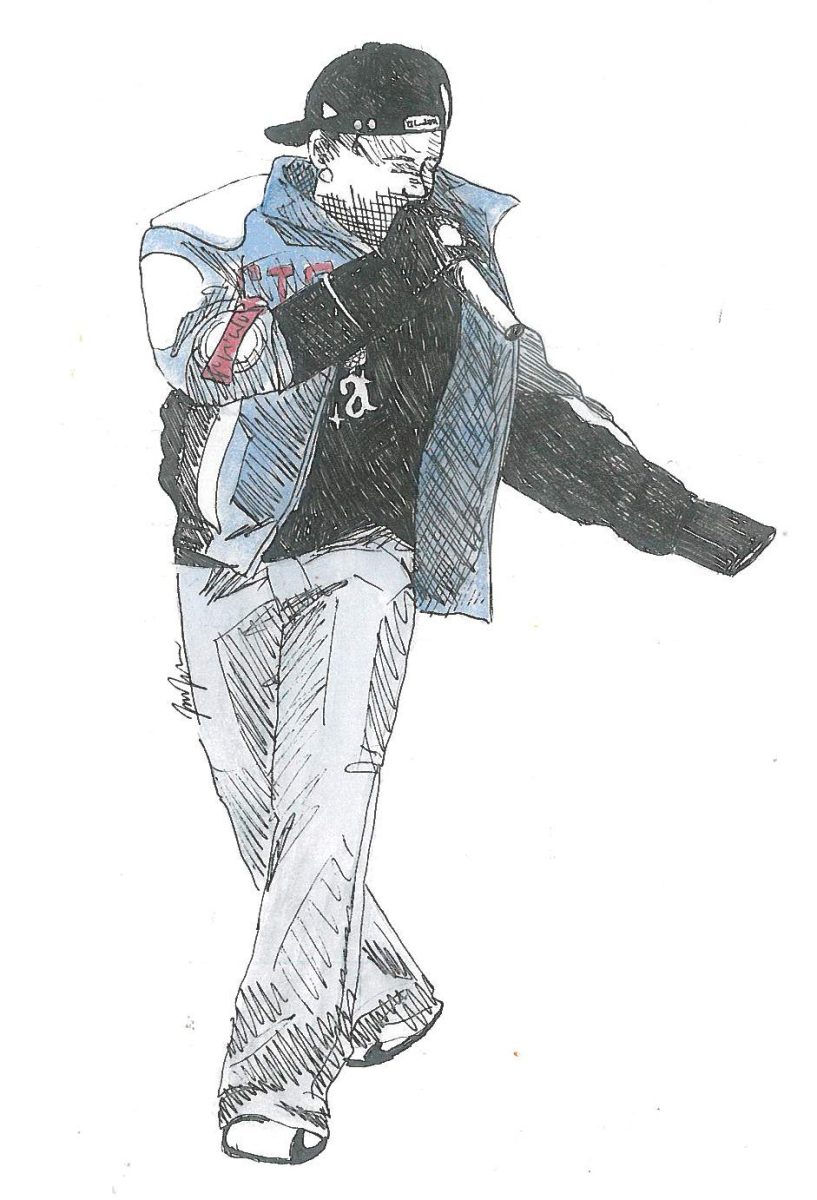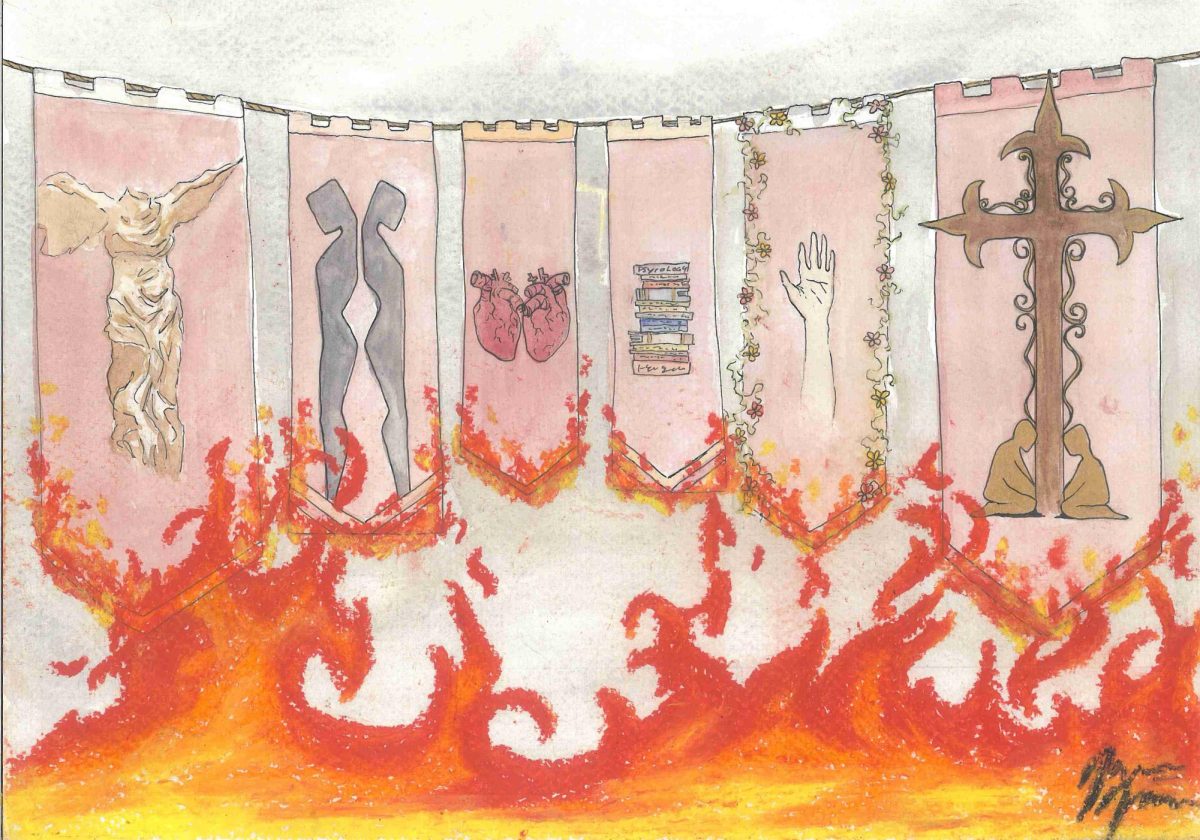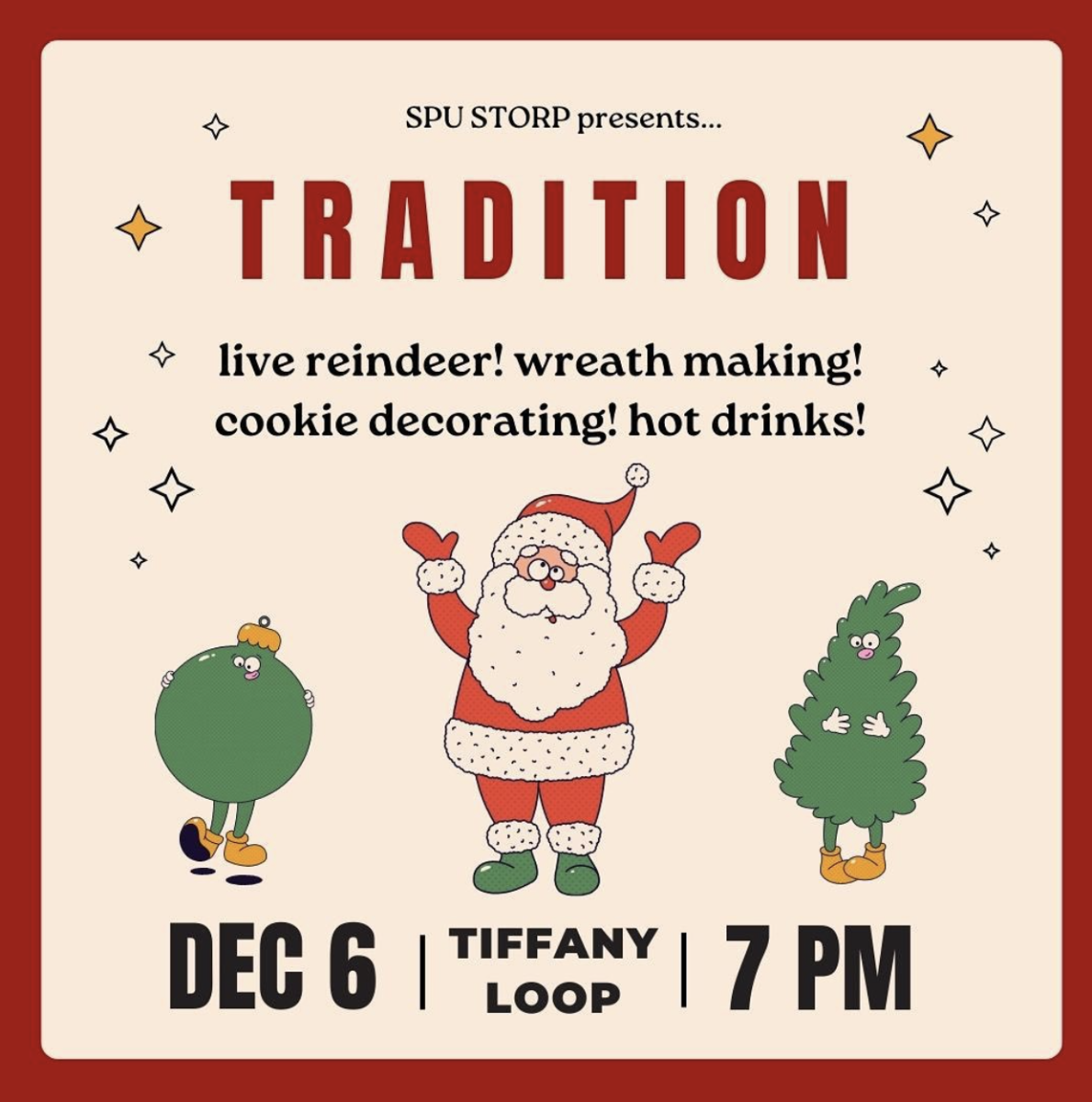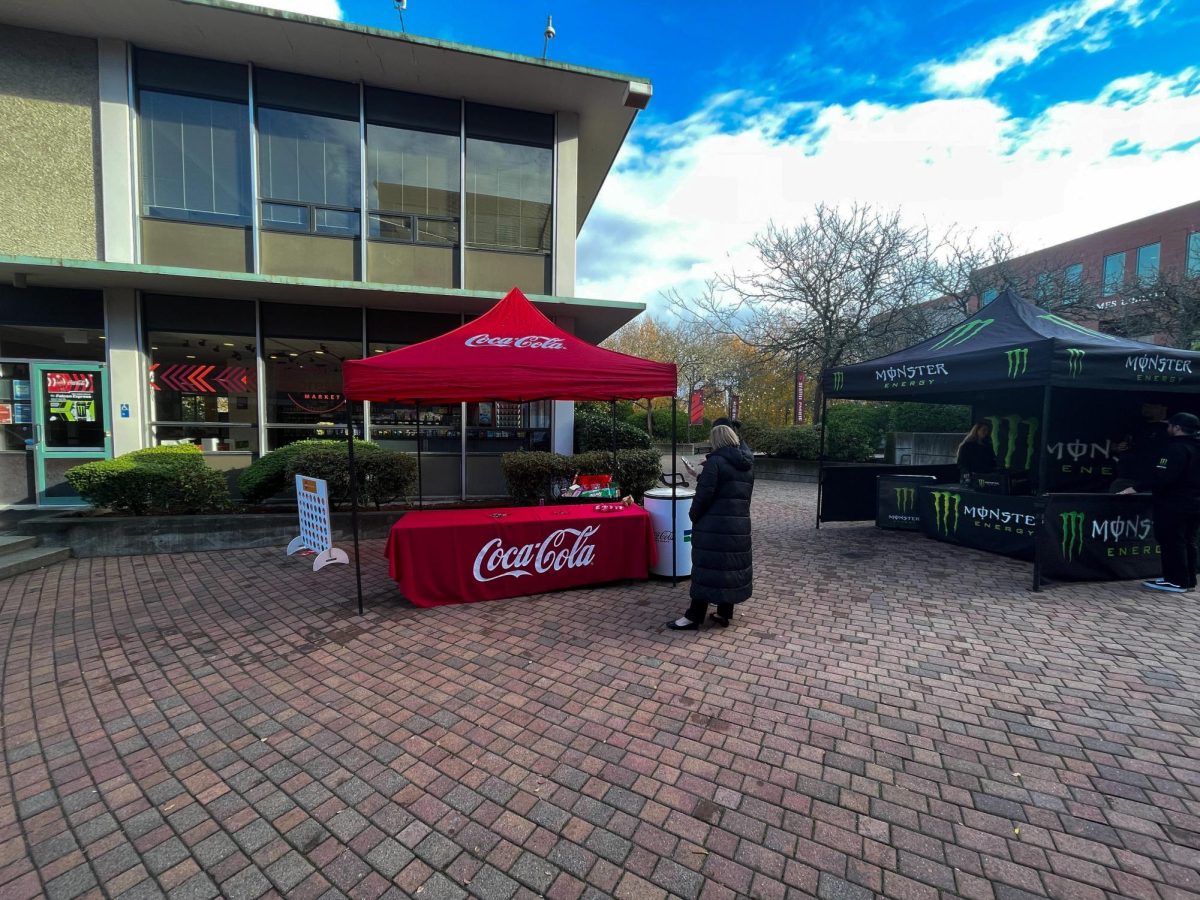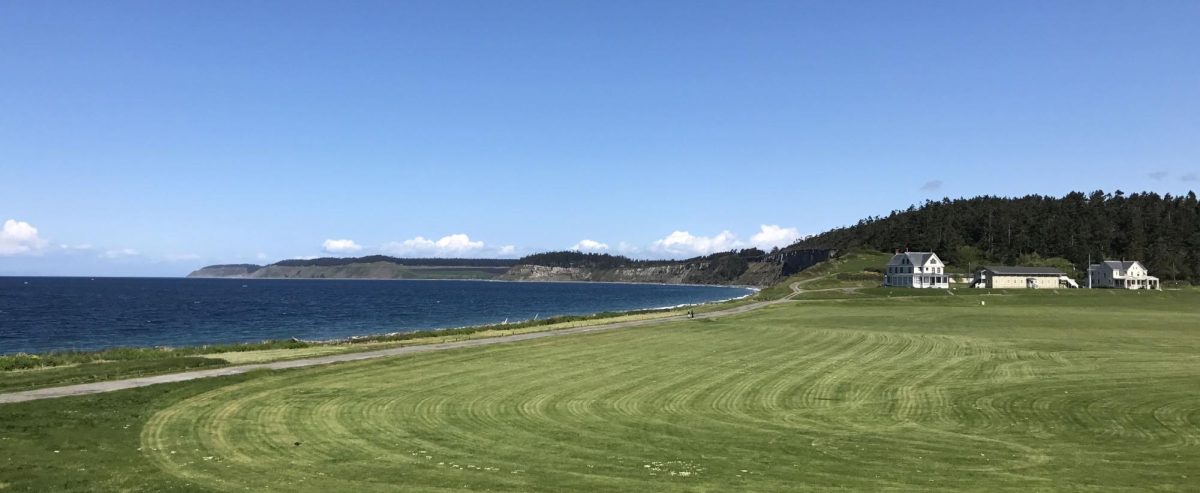Dr. Bruce Congdon, the dean of sciences at Seattle Pacific University, kicked off the 17th annual Erickson Conference by comparing student research to dirt. STEM students of SPU presented the culmination of months of hard work designing, experimenting, building and calculating.
The first several minutes of Congdon’s introduction described the exchanges between chemical, physical and biological processes of soil formation.
“What you represent here today is the product of some amazing interactions,” Congdon told the researchers in his audience. “You’ve been interacting with the apparently impenetrable problem or question that you started with months, or maybe years ago.”
Congdon described that the connections made with other scientists’ research, lab techniques, student peers and professors had prepared students to achieve.
Like soil, he said, the Erickson Conference student researchers were building their own layer knowledge from atop layers laid before.
Early in the event, 35 student research teams gave powerpoint presentations to audiences of students and professors.
Madison Hubble and Erika Bunge studied urban parents’ child carrying strategies.
Social context seemed to change whether a parent walks at energy optimal walking speeds.
They collected data to test their hypothesis, watching 180 people walking with their children at the Seattle Center.Urban carrying strategies vary from strollers to slings and free carrying. The parent’s sex affected carry strategy, with men being more likely to free carry and women being more likely to use strollers.
Parents accompanied by a child of the same sex were found to walk more slowly, no matter what mode of carrying, which is thought to facilitate parent-child bonding.
Mikayla Valentin and Hannah Roosendaal investigated the mystery of the Martin Square squeak — a curious sound people hear after they clap in the center of Martin Square — trying to rule out the Ames library echo hypothesis.
“Most people in the SPU community are pretty familiar with the squeak,” said Valentin. “There’s this common legend that the squeak only started happening when the Ames Library was built.”
Since claps are not a single, consistent sound, they used the clack of a Newtonian demonstrator — the row of metal spheres high school physics teachers keep on their desks — to produce a consistent sound. This consistency helped isolate the squeak in their recordings.
At the speed of sound, a noise reflecting off Ames Library would take about a tenth of a second to return to the center of Martin Square given its distance. Valentin and Roosendaal explained the squeak they isolated was heard much sooner, about two-thousandths of a second after the initial sound.
“That myth is busted,” Valentin said. “It’s just not possible for the soundwave to have propagated from the center to the library back to the observer in the time interval we’re seeing.”
The team has begun investigating the brick layout in lieu of new data and anecdotal hints. Reportedly during the “Snowpocalypse” of 2019, the squeak disappeared when snow covered Martin square.
Later in the evening, over 50 teams presented project posters.
Robert Chung, Ian Starkey and Tait Weicht presented their entry to the
Interdisciplinary Contest in Modeling (ICM). Their models of human behavior during a crisis identified weak points in the emergency preparedness of the Louvre museum’s layout.
Each member of the team focused on their own modelling approach: matrix-based room connectivity, person-focused movement or fluid flow simulation. Their multi-focused collection of models earned them seventh out of nearly 6000 contest entries and an Erickson Conference award.
Matthew Benzar, Alex Ortega, J.J. Afaga, Katie Costley and Zachary Brant designed a prototype solar-powered cooler box for medical supply transport in places with weak infrastructure.
Biology students presented research on gene-editing bacteria and chemical signals to comparing deer populations inbreeding and pesticides’ impact on moth behavior.
The night ended with announcement of awards to presenters, picked by professor judges, and a conversation with keynote speaker Jovonia L. Taylor, Chief Program Engineer at The Boeing Company.

As a multi-talented jazz vocalist, Taylor found herself balancing music and engineering. Nearing the end of college, she decided to do something with both: noise cancellation.
Taylor emphasized the importance of combining one’s creative passion with one’s STEM abilities to make STEAM. The A is art.
To Taylor, a legacy is something even a college student should plan by laying a foundation.
The motivations for going to college could be money, curiosity or a dream, said Taylor, but the questions that arise entering the workforce will put stress on the foundation.
Taylor’s foundation was made up of tools received from her mentors, advocates, values and aspirations.
Once in the field, the building of the foundation does not stop Taylor explained. Each new role brings the need for new mentors, advocates, and tools. Being a leader in STEM means continuing to grow one’s knowledge, passion, and connection with people.
Taylor asked students about how their legacy will affect other individuals with the same goals. When projects are passed to the next generation of researchers, she said, “will you help them, or leave them behind?”
“Help others on the journey, understand who you are, what your values are, what your foundation is set on, and why you believe your research or technology you’re bringing to the table is valid, is integrable.”















































































